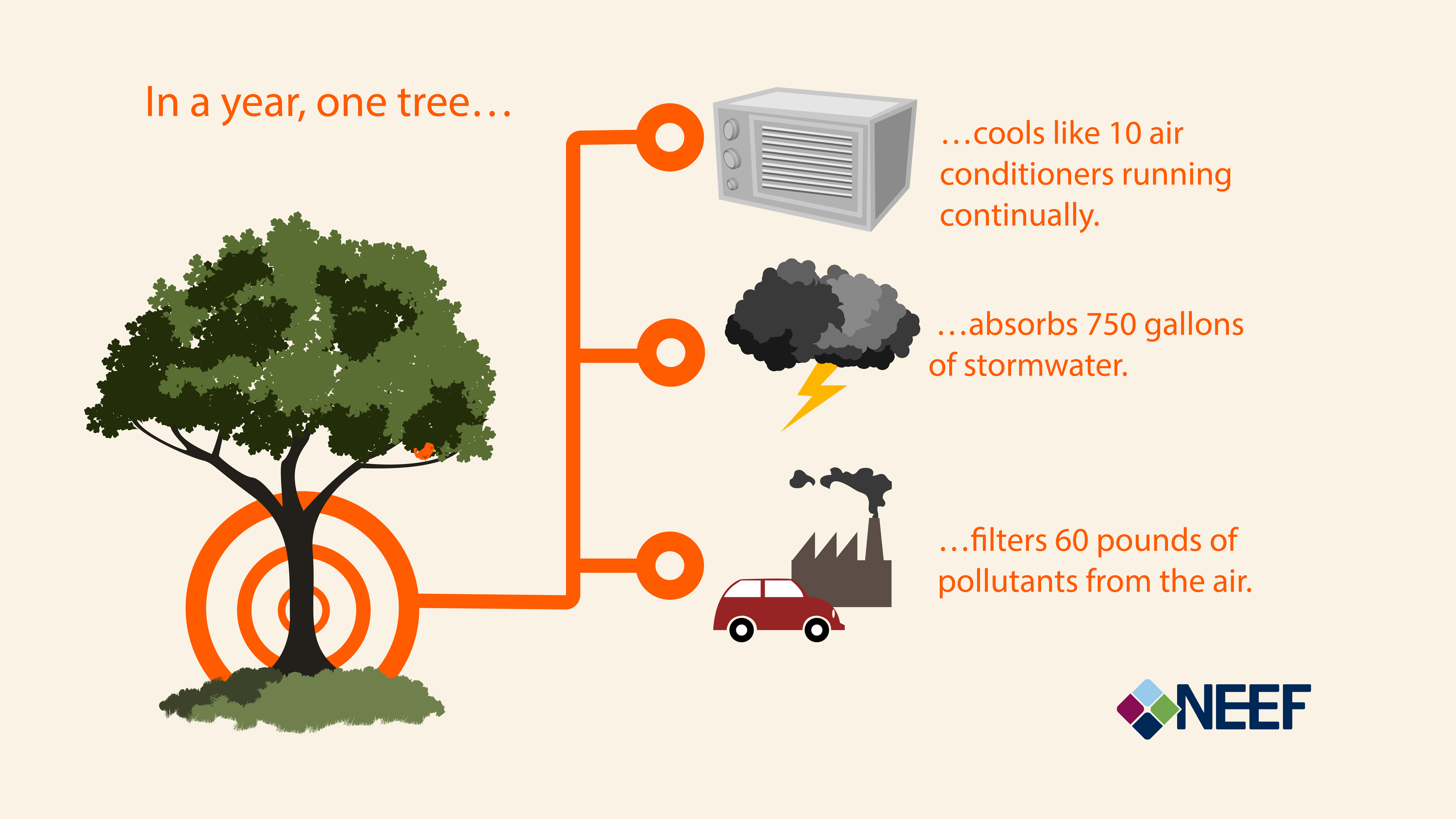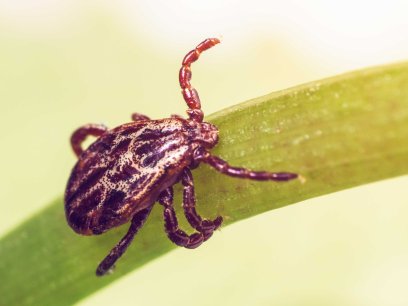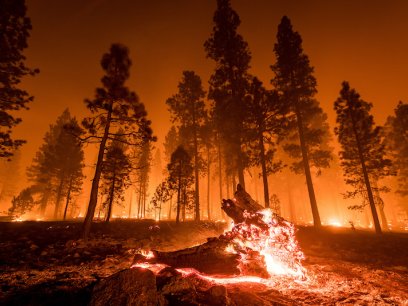
Did You Know?
- US forests occupy approximately one-third of the country's total land area.
- US forests absorb and store about 16% of all carbon dioxide emissions associated with fossil fuel burning in the US each year.
Forests and trees provide many benefits and services to society, including clean water, recreation opportunities, wildlife habitat, carbon storage, watershed protection, flood control, erosion reduction, and improved human health. Community trees help to reduce air and water pollution, improve physical and mental health, strengthen social connections, alter heating and cooling costs, and are associated with reduced crime rates.
A changing climate may influence the structure and function of these services through increased risks of pest outbreaks, wildfires, extreme weather disturbances, and shifts in habitat ranges. For example, Hurricanes Rita and Katrina in 2005 damaged a total 5,500 acres of forest. As a result, the amount of carbon released by the destroyed trees as they decayed is roughly the same as the amount of carbon absorbed by all US forests in a single year.
Learn More:
- Explore the adult and children's health and nature fact sheets to learn more about the health benefits of the natural environment.
- Watch the video below to learn how the US Forest Service and NASA study the importance of trees and forests in the carbon cycle.
What You Can Do
- Save energy, water, and money at home by having a well-designed landscape that creates shade, windbreaks, and reduces water use.
Celebrate Arbor Day
Held annually on the last Friday in April, Arbor Day is a good time to recognize the value that trees provide to both our health and our environment. Aside from providing beauty to the landscape, a home for wildlife, and shade from the sun, trees also provide ecosystem services that help to protect the air and water that we all depend on. In a year, a single healthy tree:
- has the same cooling effect as ten room-sized air conditioners running continually;
- absorbs 750 gallons of stormwater, preventing erosion and protecting water quality;
- and filters 60 pounds of pollutants from the air.

Get in on the Arbor Day celebrations!
- Do you know which is your state tree? Learn more about the importance of these native species to your home state: https://www.arborday.org/celebrate/dates.cfm
- Plant a tree at home. Find tips for choosing and siting trees at www.arborday.org/trees/righttreeandplace/index.cfm.
- Volunteer to plant trees in your community. Visit www.arborday.org/programs/volunteers/States.cfm to find a list of tree-planting organizations in your area.
- Learn to identify trees in your neighborhood. Use the free online edition of What Tree is That? at www.arborday.org/trees/whatTree/ to hone your identification skills.
Sources:
- Arbor Day Foundation. 2017 “Benefits of Trees.” Accessed April 24. http://www.arborday.org/trees/benefits.cfm
- Center for Watershed Protection and US Forest Service. 2008. “Trees and Forests Reduce the Impacts of Stormwater.” Accessed April 24, 2017. http://www.patrees.org/trees-reduce-stormwater
- Bratman, G., Hamiltion, J., Daily, G. 2012. “The Impacts of Nature Experience on Human Cognitive Function and Mental Health.” Annals of the New York Academy of Sciences. 1249, 118-136 http://willsull.net/resources/270-Readings/BratmanHamiltonDaily2012.pdf
- EPA. 2016. “Climate Impacts on Forests.” Accessed April 16, 2018. https://19january2017snapshot.epa.gov/climate-impacts/climate-impacts-forests_.html
- National Climate Assessment. 2014. “Forests.” Accessed April 25, 2016. http://nca2014.globalchange.gov/report/sectors/forests
- US Forest Service. 2016. “Managing Lands Under Climate Change.” Accessed April 25. http://www.fs.usda.gov/ccrc/climate-basics/mgmt-options
- US Forest Service. 2016. “Urban Forests and Climate Change.” Accessed April 25. http://www.fs.usda.gov/ccrc/topics/urban-forests-and-climate-change


